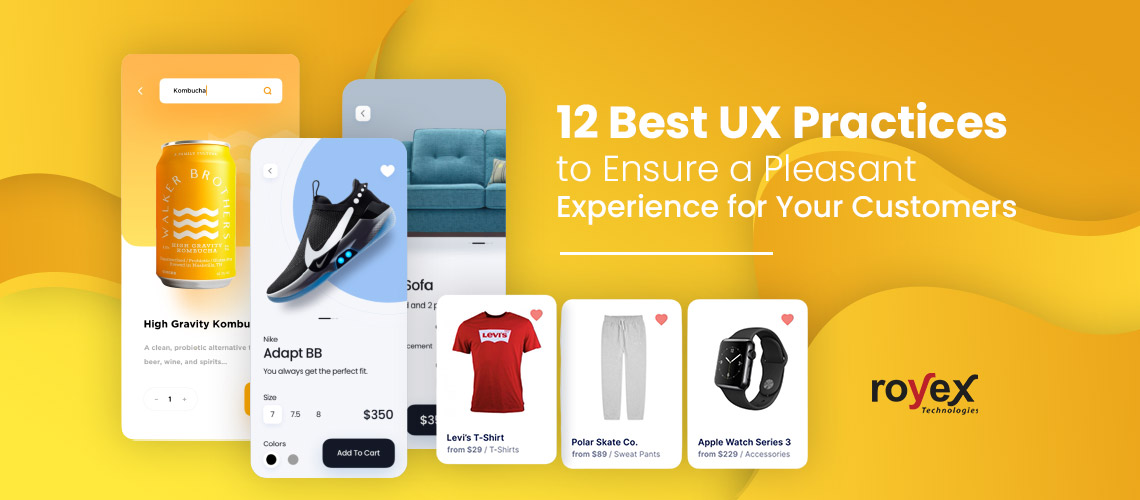
12 Best UX Practices to Ensure a Pleasant Experience for Your Customers
Since the e-commerce industry is expanding more and more every day, it’s getting tougher to maintain high customer retention. You have to ensure a pleasant and convenient shopping experience for your customers to induce them to come back to your platform and shop again. To attain this ultimate goal, you must employ quality UX design for e-commerce. An ecommerce website or app equipped with great UI/UX designs is likely to generate more sales than its other counterparts.
Before discussing any further, let’s have a glimpse at what UX design is, and how it helps increase sales by engaging customers to buy again and again from a particular ecommerce site.

If we combine two statements made by one of the most successful entrepreneurs Jeff Bezos, Founder and CEO of the largest ecommerce company Amazon, we’ll easily understand the importance of UX design in online shopping. He once said, “If you make customers unhappy in the physical world, they might each tell six friends. If you make customers unhappy on the internet, they can each tell 6,000.” His another quotation relevant to this topic says, “If you build a great experience, customers tell each other about that. Word of mouth is very powerful.” It’s quite obvious that a bad user experience of a customer might close the doors for hundreds of future customers. So, a user-friendly UX design surely plays a vital role in uplifting the existing ecommerce business.
Most people confuse UI design with UX design. But there are many differences between these two as UI deals with the visual designs and aesthetics of a website whereas UX is responsible for the overall user experience including speed of page loading, tidy product pages, unambiguous cart, simple checkout, and more.
From discovering the website or app to confirming the purchase, this whole journey is referred to as user experience. A good UX design will result in less cart rejection, a high conversion rate, and a positive impact on customers’ minds. If you make sure the implementation of a proper strategy and pay great attention to the details of UX design, you’ll definitely get a significant increase in profit from your investment.
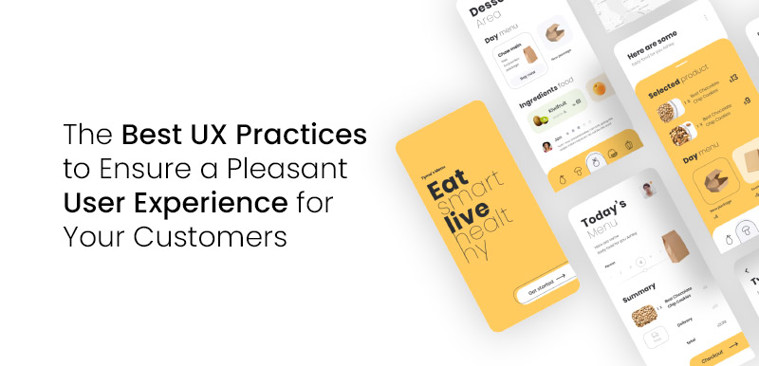
You can introduce many design ideas and strategies to enhance the accessibility of your ecommerce site, but all of them will not be feasible and beneficial. It’s important to come up with the best UX practices to increase conversions for your online store. Here, we listed the 12 best UX design strategies and principles that will help your customers get a flawless experience while shopping online.
1. Design a Simple & Intuitive Home Page
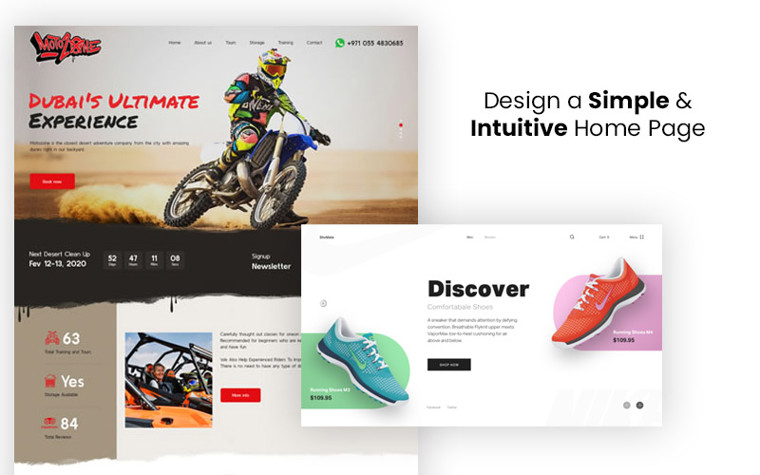
People invest a lot of money to decorate their physical stores so that customers get attracted and enjoy shopping, likewise, you should pay close attention to designing your home page to motivate customers to at least take a sneak peek. Since the home page is the storefront of your online store, make sure it is well organized with simple and intuitive navigation. Keep the tabs, buttons, and menus clear and bold so that users don't feel confused about what to do, where to click. Display your best packages and offers on the home page. Convince your customers to browse more to explore other products and offers.
2. Focus on the First Impression
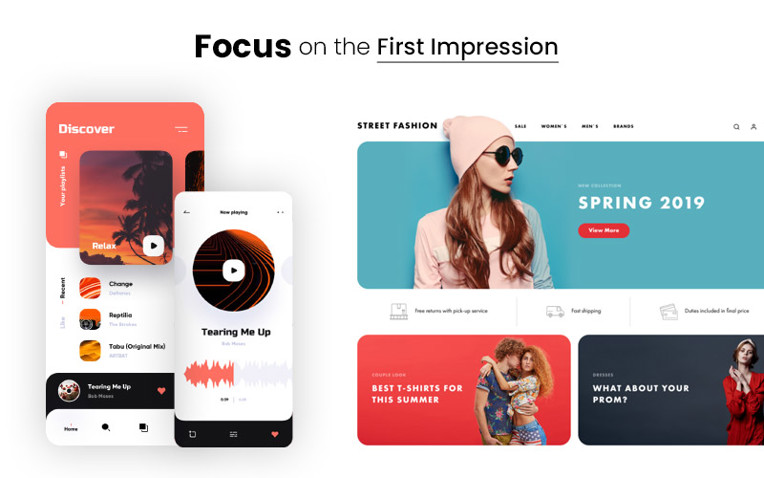
Whenever a visitor enters your website, his/her user experience begins right away. So you need to attract customers from the very first second. Your website or app should convey a clear message about what it has to offer and what’s its position in the e-commerce market. For example, a high-end electronics store should use elegant fonts, stylish images, gorgeous color palette whereas a budget-friendly store should have a simple design with standard fonts and images.
3. Draw Attention with Aesthetic UI Designs
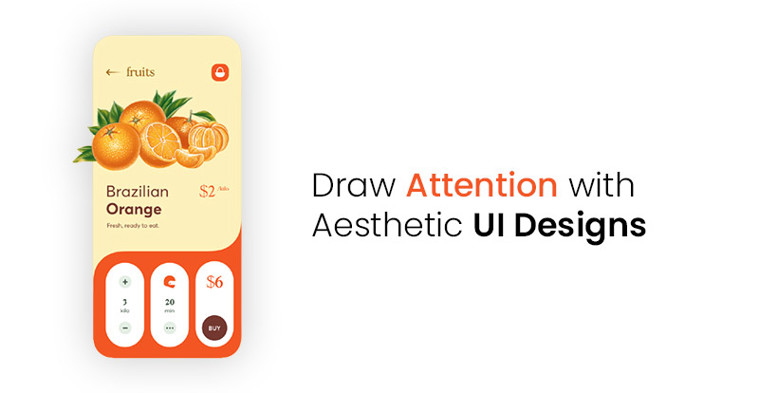
UI and UX designs must work together to help customers get the best shopping experience. Use eye-catching and aesthetically pleasing designs so that visitors tend to spend more time on your website or app. But, don't overdo anything, minimalistic designs are the best and trendy nowadays. Use compatible colors keeping the overall design in line. A simple and elegant UI design plays a pivotal role to draw users’ attention.
4. Create SEO-optimized Landing Pages
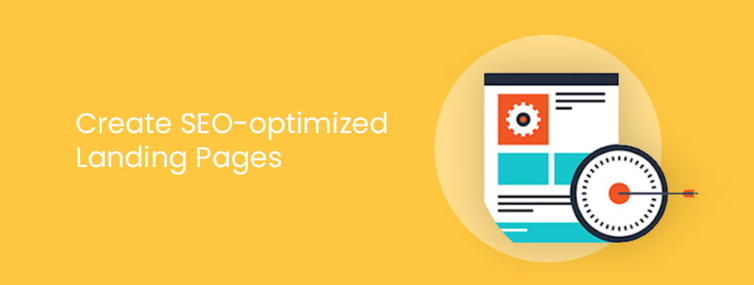
Craft a dedicated landing page against specific keywords and keyphrases. A user searches something on search engines either for information or to make a purchase. Chances are high that you’ll get potential customers if you can tailor an SEO-optimized landing page comprising a specific collection of products as per the search queries of customers. Visitors will find it more useful to get directed to a page consisting of a collection of their desired products rather than a page with a single product.
5. Add an On-Site Search Bar

More than 50% of online buyers are pre-determined to buy specific products. They don’t roam around aimlessly rather search for the products that they intended to buy. That’s why an on-site search bar is a must to ease the shopping process. Automated search suggestions and popular product recommendations enhance the user experience to a great extent. Thus, you’ll have the advantage of persuading both impulsive shoppers and well-informed shoppers.
6. Use Easily Applicable & Removable Filters

Help your customers to remove unnecessary products from the page by using filters. Use the key features of the products in question as filters and limit the options for the buyers. For example, use Processors, Battery, and Camera Specifications as filters for smartphones and use Fabric, Size, Color, etc. for clothing items. This will improve the user experience of customers by helping them narrow down their options quickly.
7. Provide a Clutter-free Product Page
Don’t fill the product page with unnecessary information, low-quality pictures, and ambiguous icons. Make each portion of the page relevant to a delightful shopping experience. Write the product descriptions precisely and concisely so that readers can understand the product without reading a long and boring paragraph. Use high definition pictures and clear CTA (Call to Action) buttons. The buyer must know when he’s making an order. You should also optimize your e-commerce product page by incorporating the below points.
- Make responsive designs for cellphone users.
- Show clear prices of the products.
- Add a review section as social proof
- Allow users to create a wishlist.
- Include the shipping, refund, and warranty information.
- Keep the customers updated about stock availability.
8. Ensure a User-friendly Checkout Process
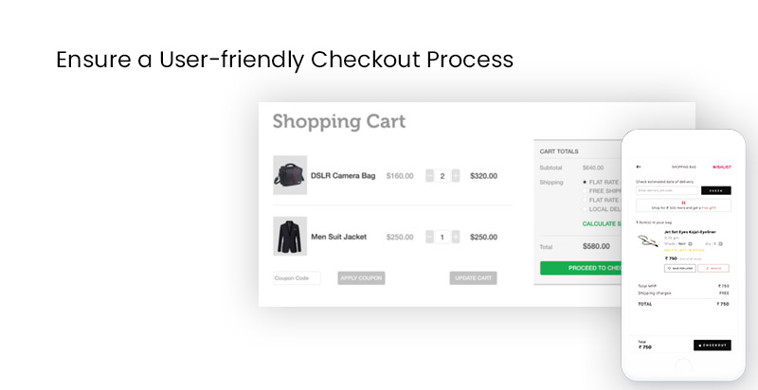
A large number of orders get canceled at the last minute of checking out. If the checkout process seems to be a hassle to the customers, they don’t hesitate to abandon the checkout page instantly. People shop online for the convenience of it and your duty is to make it more convenient. So, add a checkout process that is simple, secure, and doesn’t require too much information from the users’ ends.
You should also use common and effective payment methods including mobile banking services, and other card payment options. And, after successful completion of payment, display a complete order summary and confirmation message to mitigate the tension of the customers.
9. Avoid Making Revolutionary Changes Overnight
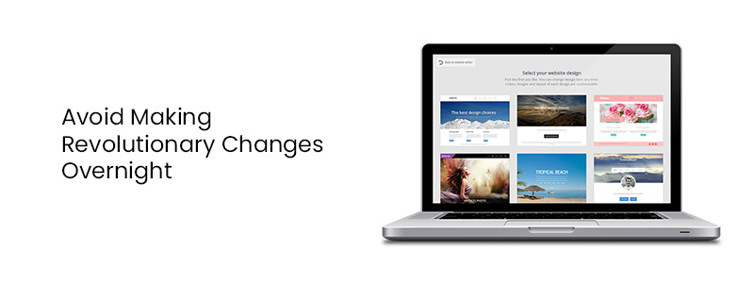
Being innovative and a trendsetter is an appreciable thing, but you shouldn’t go overboard with anything. Don’t change the menus, icons, and layouts to such an extent that people get frustrated and confused before clicking on any button or link. We have been habituated to using certain things over the past few years, it will take time to consume something totally new. For example, the magnifying glass is used as the search icon universally, by everyone. So, using something else in place of this icon will confuse the users. You should take time and conduct a thorough test before making such experiments.
10. Optimize the Loading Speed
In a fast-paced world of 5G internet, a page with a slow loading time can’t attract visitors to continue browsing your app or website. According to industry experts, 47% of online shoppers find it very annoying if a website takes more than 2 seconds to load. Thus, slow page loading can cause a substantial amount of loss each year.
There are many underlying reasons that can reduce the loading speed of websites and landing pages. Various scripts and loads of images are the major two issues that slow down the loading speed. You should compress and minify the HTML, JavaScripts, and CSS files and use CDNs to optimize the loading speed. Try to avoid 3rd party JavaScript files as much as possible. Make sure that you have only the necessary images uploaded to your website. Optimize the image size and formats. Use PNGs for graphics and JPEGS for photographs. We recommend you use CSS sprites to enable you to load all the images at once sending not many HTTP requests.
11. Provide Customer Service & Seek Feedback
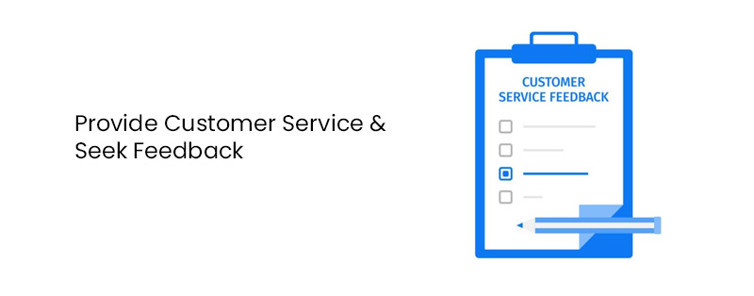
The customers should have access to a spokesperson of the company when they need. Sometimes they can't solve some issues on their own and need help from the company’s end. You should use live chat, hotline numbers, messenger, WhatsApp, etc. communication media to help customers with information instantly.
Let the customer express what they feel about the company. Use feedback forms to know about authentic users’ experience. This will create a positive vibe in customers’ psychology as they will understand that the company cares about their opinions and feelings.
12. Adapt to Augmented Reality
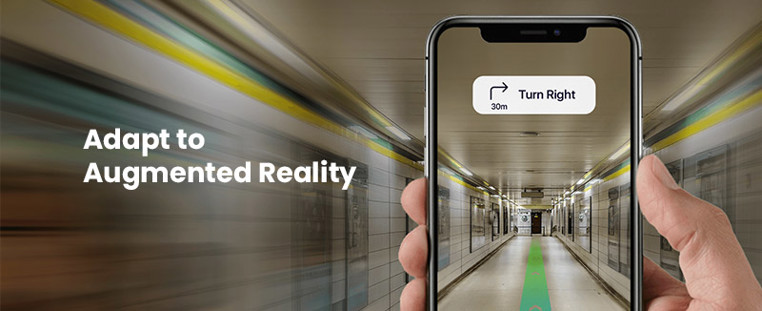
Augmented reality is a new thing in the realm of the ecommerce industry. The earlier you'll adapt to it, the more you'll be ahead of your competitors. This technology will allow users to try a product virtually to see if it meets their needs. IKEA, an international furniture and home accessories company, has already introduced an application that allows their visitors to place the furniture in their rooms virtually and change its color to see which color fits the best. You don't need to make use of AR right now, maybe, after five years, this will become available and everyone will embrace it.
There are hundreds of ecommerce websites and apps that are operating businesses, if you fail to impress your visitors, they'll go for other options. So, implementing quality UX design for ecommerce is very crucial for better conversions. If you can apply the right strategy and utilize the basic principles of UX designs, you'll surely get tangible results with a high customer retention rate. Improve your UX design following our guideline, we can assure you that your visitors will have a great experience and turn into your customers.





